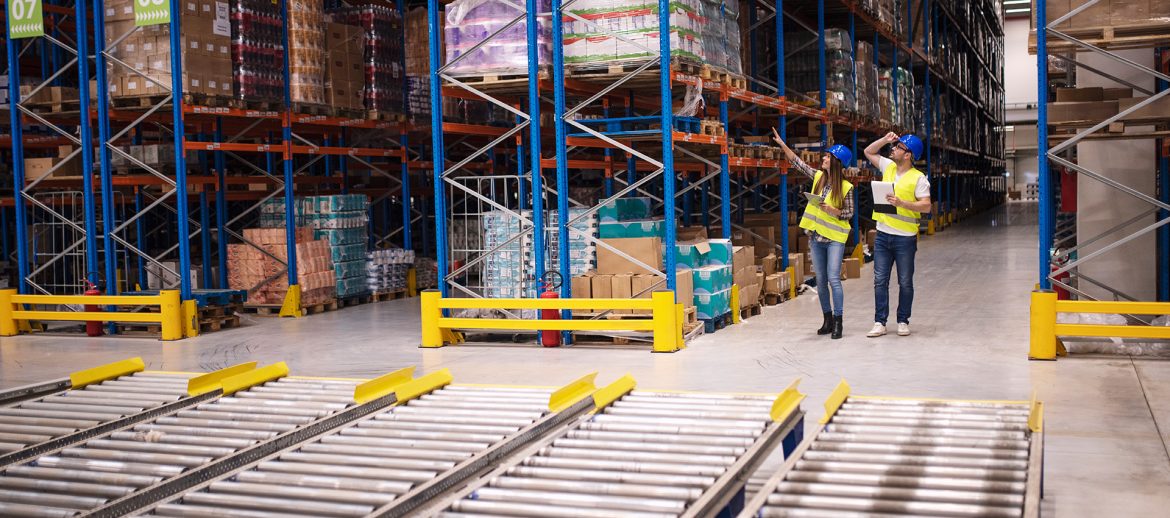Finding the Right Tools to Your Load Management Goals
It seems in every warehouse, distribution centre, or production facility the conversation eventually turns to load management. It could all sound deceptively simple, but buried within is an elaborate choreography of physics, workflow design, and how human and machine could each work together. Uncontrollable loads stall throughput, stress workers, and eat profits, while loads that are managed intelligently move through nearly in stealth mode from the receiving dock to the final dispatch point. The choreography revolves around the heart of material handling equipment.
From legacy fork trucks to autonomous mobile robots – we are living in an era where tools are designed to conquer weight, space, and distanceis unimaginable just one generation ago. In this long-form guide, we explore the equipment categories from equip2go where organizations that feel they are reaching the limit of their load-handling strategy are likely to find the most value. Ultimately you will have a comprehensive, jargon-light view of what each solution delivers, which operational gaps it addresses, and how it can be incorporated into a scalable warehouse environment.
Load management is important
Load management is not just heavier pallets or stacking higher; it is aligning capacity with demand–but also minimizing risk. Leaky load control results in damaged goods, injured workers, and always putting out fires as bottlenecks develop. Because of e-commerce, high-mixed order profiles have reduced delivery promises, and one misstep in handling means downstream delays and surcharge penalties. In addition, as the occurrence of incidents increases, insurance premiums and regulatory scrutiny go up. Resulting effective load management makes then a strategic lever for everything from brand image to cash-flow speed. Fast-moving organizations approach it this way and as a result tend to turn their inventory faster, retain labour better, and build a more agile supply chain that better absorbs unforeseen surges or disruptions.
Green and Efficient Load Handling
Energy consumption has been propelled to the forefront due to mounting regulatory pressure and corporate sustainability goals. Now, several manufacturers equip their forklifts with regenerative mast technology that collects energy as the mast is lowering and sends it back to the battery suitably. Motor-driven roller-powered conveyors enter standby when product is not present, reducing kilowatt-hours during off-peak shifts. AGV solar-assisted charging stations – these stations use solar to offset grid demand and insulate operations from tariff volatility Operating cranes that are undersized or oversized waste resources, as do conveyors that serve less than their ideal capacities, so right-sizing matters beyond direct energy savings. This mismatch must be avoided – real load profiles audited against the capacity of installed equipment establish the foundation for a valid reporting of carbon- reduction.
Vision for Load Management Equipment in the Future
New technologies, from 3D printing to artificial intelligence, can push the boundaries of the relationship between physical durability and computer-based craft to an even greater degree. In the future, edge based AI vision systems will enable forklifts to identify pallets that have been damaged, realign loads that are skewed, and check labels, all without being prompted to do so by humans. Improvements in batteries, particularly in solid-state chemistry, are going to provide use cases with fast-charging capabilities and longevity, fundamentally reshaping shift planning.
Final words: How to stick the tools with your load-management goals
Effective load balancing starts with an unvarnished assessment of existing pain points, and a focused examination of solutions that resolve them. Forklifts add general flexibility, pallet trucks, warehouse trolleys grant low-cost movement, conveyors impose regular throughput, and cranes free up vertical real estate. That foundation is made up of storage automation—from AS/RS to AMRs—layered with precision and adaptations, and integrated software that stitches every piece into a single workflow. Maintenance regimes, solid training programs and sustainability programs make sure that successes convert to enduring performance. The bolt-on machine selections in this guide are not merely slap-on fish fillet wood chips; they are a map to a warehouse where load moving is an offensive strength, fuelling both customer satisfaction and bottom-line gains.

